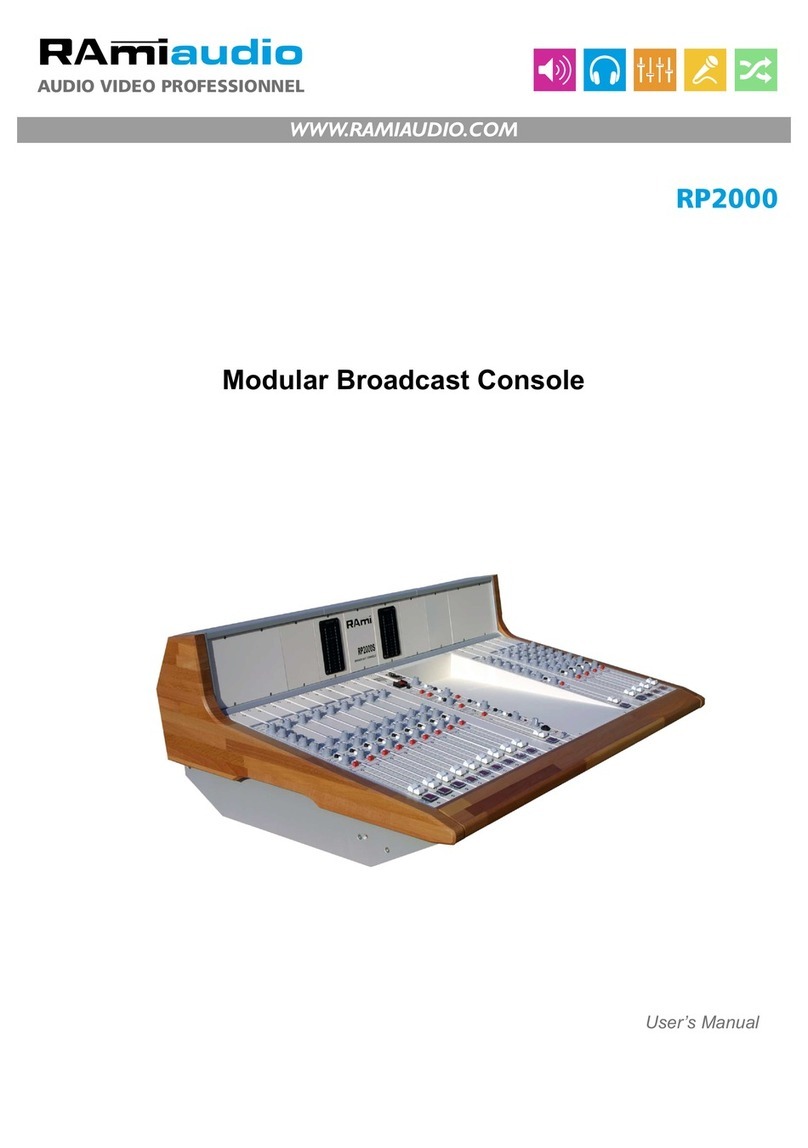
CONVENTIONS ........................................................................ A
DISCLAIMERS ......................................................................... B
HANDLINGANDSTORAGE ..................................................... C
1.0 DESCRIPTION ................................................................ 1
1.1 Overview ................................................................ 1
1.2 StandardFeatures................................................. 1
1.3 SystemParameters .............................................. 2
1.4 ControlModes....................................................... 2
1.5 OperatingStates ................................................... 2
1.6 LEDAnnunciation ................................................. 3
1.7 ElectronicMotorOverload Protection
andMonitoring ...................................................... 3
1.7.1 TripConditions .......................................... 4
1.7.2 AlarmCondition ........................................ 4
2.0 SPECIFICATIONS .......................................................... 5
HPRatings ................................................................. 5
ShortCircuitCapacity Ratings ........................................ 5
DBSSpecifications.......................................................... 6
TerminalData (LineandLoad) ......................................... 7
DimensionalData forStandard Enclosures ..................... 8
PanelLayout ................................................................. 9
3.0 RECEIVING and INSTALLATION..................................10
3.1 Receiving..............................................................10
3.2 MountingandCleaning.........................................10
3.3 Environment .........................................................10
3.4 De-ratingFactor ................................................... 11
4.0 WIRING ......................................................................... 11
4.1 Incoming Power ...................................................11
4.2 Motor Connection .................................................12
4.3 Control .................................................................12
4.4 Grounding ............................................................12
4.5 Field-ConnectedRelay Outputs ..........................13
4.6 CommunicationPorts ..........................................13
4.7 PowerFactor CorrectionCapacitors ....................13
4.8 LightningArrestor .................................................13
4.9 CircuitBoard Connections ...................................14
Table of Contents
5.0 SETUPINSTRUCTIONS................................................15
5.1 Inspection ............................................................15
5.2 Setup Switches ....................................................15
5.2.1 Motor FLA Switch (SW1) .........................15
5.2.2 Current Step Switch (SW2) ......................15
5.2.3 Ramp/Bypass Time Switch (SW3) ..........16
5.2.4 SystemConfigurationDIP Switch(SW4) .17
5.2.5 ResetPushbutton(SW5) .........................17
5.2.6 Starter Size DIP Switch (SW6) ................17
5.3 DBSControlBoard...............................................18
5.4 FLASetpointTables .............................................19
6.0 START-UPINSTRUCTIONS ..........................................20
6.1 PreliminaryInspection..........................................20
6.2 Start-Up ................................................................21
6.2.1 Power-Up .................................................21
6.2.2 Starting ....................................................21
6.3 Re-Adjustments .............................................................21
7.0 TROUBLESHOOTING ...................................................22
7.1 Start-upProblems ................................................22
7.2 Trip Conditions ................................................23-24
7.3 AlarmConditions..................................................25
8.0 DBS CONTROL/DISPLAYUNIT ....................................26
8.1 Description ...........................................................26
8.2 Operation .............................................................26
8.3 AcknowledgingTrips andAlarms .........................27
8.4 Editing Set Points ................................................27
8.5 ConfirmingSystemSetup ....................................27
8.6 SystemOverrideFunctions ..................................27
9.0 DBS CONTROL/DISPLAYUNIT MENUTABLES .....28-30
10.0 DBS LOG .......................................................................31
11.0 MAINTENANCE ........................................................32-34
12.0 REPLACEMENTPARTS ...........................................35-36
APPENDIX
Starter Size Dipswitch Positions .......................................i
TypicalMotorConnections ...............................................ii
SCRTestProcedure........................................................ iii
Glossary.......................................................................... iv
CONTENTS PAGE
CONTENTS PAGE




























